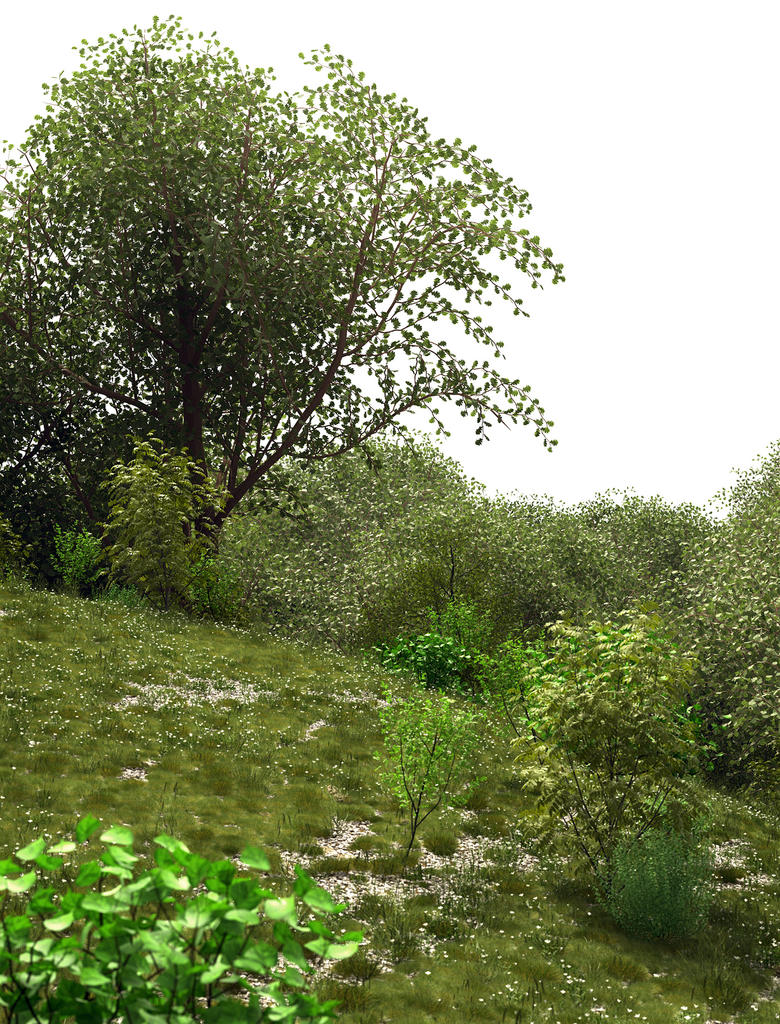The outcome of lighting not only depends on rendersettings, maybe that's even not that important as many think.
The essence of good lighting and good "fill" of the GI is the atmosphere settings. The density of the haze and blue-sky together with the glow settings are key to how GI will interact with the surfaces and colour in your scene.
Here's an example to illustrate:

This image does not use a fill light, nor any other special tricks. The settings in the Enviro-Light are default.
The settings in the rendertab for GI were 2/4/8 with ss-prepass.
The trick is that the atmosphere takes care of the fill lighting here. The haze density and exponential height is increased here, as well as some tweaking to the glow settings. The effect is similar to overcast clouds where the light will be scattered throughout the clouds which results in a more flatter type of lighting.
The atmosphere-node has a couple of settings called "primary, secondary etc."
Primary basically means that you will see the atmosphere itself.
Secondary basically means that you will only see the effect of the atmosphere, like haze glow etc.
The fun thing with this that you can use 2 atmosphere-types together.
Let's say that the overcast atmosphere which fills shadows very well is "Atmosphere A" and the atmosphere of your own scene which has the desired colours/appearance, but not the good fill of shadows, is "Atmosphere B", then:
1) Disable "primary" for the Atmosphere A, this will make Atmosphere A invisible, but not it's contribution to lighting.
2) Disable "secondary" for the Atmosphere B, this will disable it's contribution to lighting, but will retain atmosphere visibility.
3) Now Atmosphere A will fill the shadows for you.
4) Atmosphere B will determine how the sky itself looks.
5) The strength of Atmosphere A can be determined by adjusting the haze settings.
This way you can incorporate a good fill lighting into every scene, without adding extra lights, tweaking GI, or rendering at very high settings (GI > 2/2/8).
Tricky is the balance between the two, since it might give unnatural looking lighting in the shadows, since they kind of mis-match with the expected lighting from the visible atmosphere.
I'll see if I can make a setup for this and put it in the file-sharing section.
Cheers,
Martin